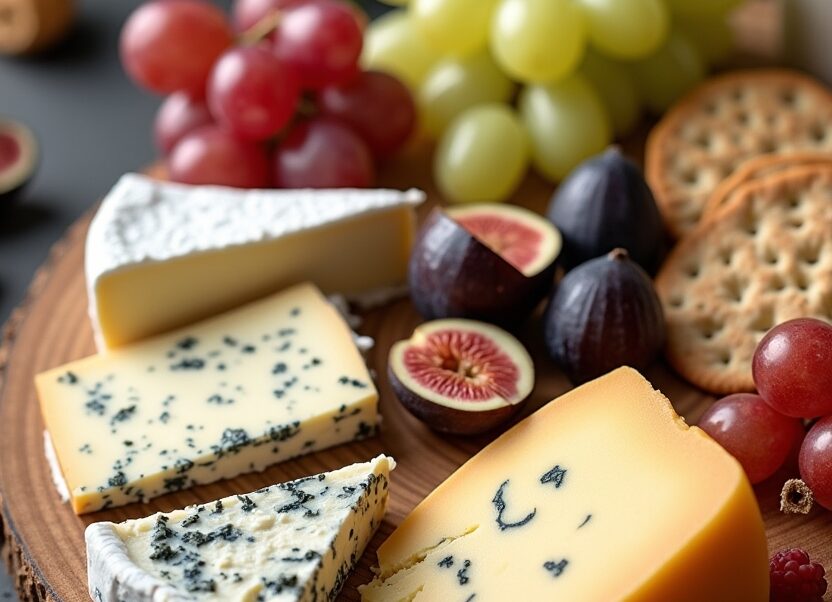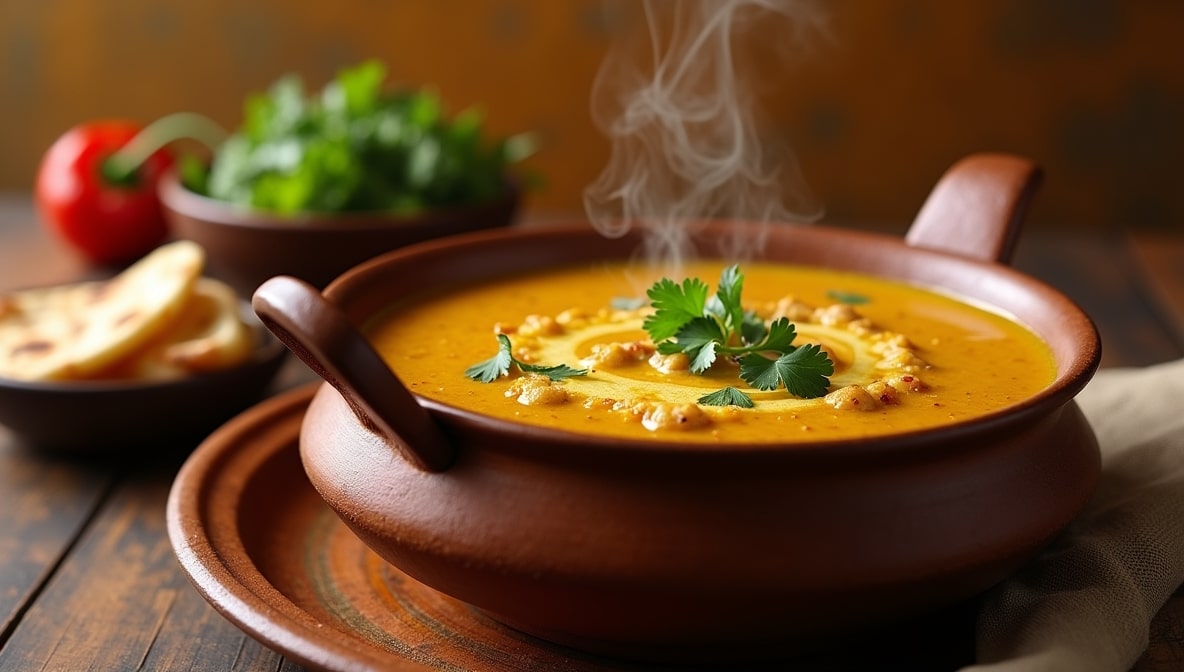A well-arranged cheese plate can transform any gathering into something extraordinary. Whether you’re hosting an intimate dinner or throwing a lively party, a beautifully curated cheese platter will always impress. However, creating the perfect cheeseboard is not only about placing different cheeses on a tray, but also about selecting complementary flavors, textures, and accompaniments. In addition, thoughtful arrangement and presentation can further enhance the visual appeal. As a result, your cheeseboard will become a true centerpiece, delighting both the eyes and the palate. With thoughtful selection, artistic arrangement, and complementary pairings, you can craft a show-stopping cheese platter that your guests will remember long after the event ends.
Step 1: Choose Your Cheeses—The Foundation of the Cheese Plate
The key to an outstanding cheese plate is, of course, the cheese. Because there are so many varieties to choose from, it’s not only important to consider different textures and flavors, but it’s also essential to create a well-balanced selection. Furthermore, incorporating a mix of soft, semi-soft, hard, and blue cheeses can help provide contrast and variety. In addition, selecting cheeses with varying levels of richness and sharpness ensures that each bite offers a unique experience. Moreover, pairing cheeses with the right accompaniments, such as fruits, nuts, and crackers, can further enhance their flavors. As a result, your cheese plate will be both visually appealing and delicious, ultimately making it a standout feature at any gathering. A well-structured cheeseboard should feature a mix of textures and flavors that cater to every palate. Here’s a breakdown of cheese categories to consider:
Soft Cheeses: Creamy and Smooth
Soft cheeses are known for their rich, creamy textures and mild flavors. These cheeses add a luxurious element to your cheese plate.
- Brie: A classic choice, Brie is smooth, mild, and creamy. It pairs beautifully with crackers or crusty bread.
- Goat Cheese Tangy and velvety, goat cheese offers a refreshing contrast to more decadent cheeses.
- Camembert: Similar to Brie, Camembert has a slightly stronger flavor and is a must-try for cheese lovers.
Semi-Hard and Hard Cheeses: Firm and Flavorful
Hard cheeses add texture and depth to the board. They can be sliced, cubed, or shaved for variety.
- Cheddar: A versatile crowd-pleaser, cheddar ranges from mild to sharp. Aged cheddar provides a more complex taste.
- Gruyère: With its nutty and slightly sweet flavor, Gruyère enhances the board’s depth.
- Parmesan: Aged Parmesan brings a salty, umami richness that pairs well with fruits and meats.
Blue Cheeses: Bold and Pungent
Blue cheeses provide a pungent flavor that contrasts beautifully with the milder cheeses on the plate.
- Roquefort: This sharp, tangy cheese adds boldness to any cheese plate.
- Gorgonzola: A creamier alternative to Roquefort, Gorgonzola has a milder but still intense taste.
Aged Cheeses: Sharp and Complex
Aged cheeses bring rich, nutty flavors to the cheese platter.
- Manchego: This Spanish sheep’s milk cheese is firm with a nutty undertone.
- Aged Gouda: Sweet, slightly caramelized, and complex, aged gouda adds sophistication to the board.
To ensure variety, select 3–5 cheeses that provide a mix of flavors and textures. Allow cheese to reach room temperature before serving for optimal taste.
Step 2: Add Charcuterie—Enhance the Cheese Board with Meats
Cured meats, also known as charcuterie, not only add savory depth to your cheese plate but also provide a rich contrast to the creamy and tangy flavors of the cheeses. Furthermore, options like prosciutto, salami, and chorizo can help create a well-rounded tasting experience. In addition, their varying textures—from thinly sliced and delicate to hearty and robust—ensure that each bite is interesting. Moreover, pairing meats with complementary elements like mustard, honey, or pickles can further enhance their flavors. As a result, your cheeseboard will feel more dynamic and satisfying, ultimately delighting your guests. A well-balanced board includes meats with different textures and flavors.
Best Meats for a Cheese Board
- Prosciutto: This delicate, dry-cured ham melts in your mouth with a subtle saltiness.
- Salami: adds a robust, slightly spicy flavor that complements various cheeses.
- Soppressata: an Italian dry salami that offers a slightly tangy, rich taste.
- Chorizo: A Spanish sausage with smoky, slightly spicy undertones.
How to Arrange Meats on the Cheese Plate
The presentation of meats matters just as much as the selection. Fold prosciutto into delicate ribbons for an elegant touch. Arrange salami in overlapping circles to create visual appeal. For thicker sausages, slice them diagonally and fan them out.
Step 3: Crackers and Bread—The Perfect Pairing for Cheese
A variety of crackers and bread provides texture and balance to your cheeseboard. To begin with, keep the options simple so that the flavors of the cheese truly shine. Moreover, limiting the number of strong accompaniments not only prevents overwhelming the palate but also allows each cheese to stand out. In addition, a well-balanced selection enhances the overall tasting experience. As a result, your cheeseboard will feel more refined and thoughtfully curated. Ultimately, simplicity can elevate the enjoyment of each bite.
Best Choices for a Cheese Plate
- Water Crackers: neutral in taste, they let the cheese be the star.
- Breadsticks: crunchy and light, they add textural contrast.
- Crostini: toasted baguette slices provide a satisfying crunch.
- Rustic Bread: A hearty sourdough or baguette pairs well with soft cheeses.
Arrange crackers and bread neatly around the cheeseboard, ensuring they’re accessible without overwhelming the display.
Step 4: Fresh Fruits, Nuts, and Vegetables—Add Color and Contrast
Fruits, nuts, and vegetables add natural sweetness, acidity, and crunch to balance the richness of the cheeses.
Fruits for a Cheese Plate
- Grapes are a staple for cheese boards, offering sweetness and juiciness.
- Berries: Fresh strawberries, raspberries, or blackberries add tartness and vibrant color.
-
- Figs and Dried Fruit: Adds a chewy, rich sweetness to the platter.
Nuts for Texture and Crunch
- Almonds: Their slight sweetness enhances cheese flavors.
- Walnuts: Provide an earthy taste that contrasts creamy cheeses.
- Pistachios: Add a mild sweetness and a delightful crunch.
Vegetables for Extra Flavor
- Pickled vegetables: cucumbers, onions, or carrots add a tangy crunch.
- Olives: Their briny taste pairs exceptionally well with cheese and charcuterie.
Step 5: Dips, Spreads, and Condiments—Elevate the Flavor
Enhance your cheese board with a selection of dips and condiments.
- Honey complements cheeses like blue cheese and goat cheese.
- Fruit Jam: Fig jam or apricot preserves add sweetness.
- Pesto: A savory, herby spread that adds complexity.
- Flaky Sea Salt: sprinkled over cheeses to enhance their natural flavors.
Step 6: Assemble Your Cheese Plate—Arrange with Style
Start by placing your cheeses first, ensuring even spacing. Next, arrange meats around the cheese. Use fruits, nuts, and vegetables to fill gaps, adding color and texture. Place dips and spreads in small bowls for easy access. Finally, garnish with fresh herbs like rosemary or thyme for an elegant touch. In addition, consider using edible flowers or a drizzle of honey to enhance both the flavor and presentation. Moreover, arranging the herbs strategically not only adds visual appeal but also brings out the aromas of the cheese. As a result, your platter will look more sophisticated and inviting. Ultimately, these small details can truly elevate the entire experience.
Final Thoughts: Let Your Creativity Shine
Creating a stunning cheese plate is about balance—mixing flavors, textures, and colors.



